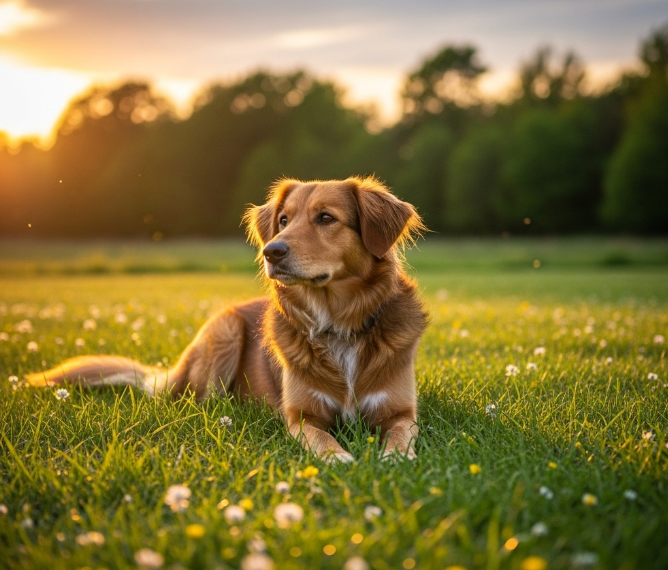How Humidity Affects Dogs: What Pet Owners Need to Know

Hot weather can be tough on dogs—but when humidity levels rise, the risks increase significantly. Unlike humans, dogs have limited ways to cool themselves, and high humidity can make those cooling methods far less effective. Understanding how humidity impacts your dog and taking preventive measures can help keep them safe, comfortable, and healthy during the warmer months.
Why Humidity Is Risky for Dogs
Dogs rely on panting and minor sweating through their paws to regulate their body temperature. In humid conditions, the moisture in the air reduces the evaporation rate, making panting less effective at cooling the body. As a result, your dog’s natural ability to manage heat becomes compromised, increasing their risk of overheating or even heatstroke.
Dogs Most at Risk in Humid Weather
Some dogs are more vulnerable to the effects of heat and humidity due to age, breed, or health status. High-risk groups include:
- Flat-faced breeds (brachycephalic dogs) like Bulldogs, Pugs, and French Bulldogs
- Senior dogs and puppies who have underdeveloped or declining temperature regulation
- Overweight dogs or those with health conditions such as:
- Cushing’s disease
- Heart disease
- Kidney disease
Signs Your Dog Is Overheating
Monitoring your dog for early symptoms of heat stress is crucial. Look for:
- Excessive panting
- Sweaty or damp paw pads
- Seeking out shady or cool areas
- Increased thirst and drooling
If you notice these signs, bring your dog inside, provide cool water, and use fans or cooling mats to help them cool down.
Warning Signs of Heatstroke (Seek Emergency Veterinary Care Immediately):
- Bright red gums or tongue
- Disorientation or unsteady walking
- Vomiting
- Collapse or loss of consciousness
How to Keep Your Dog Safe in Humid Conditions
Preventive care can make all the difference. Here’s how to help your dog stay cool and safe:
Indoor Tips:
- Set your A/C between 75–78°F for dog-friendly comfort
- Use a dehumidifier to remove excess moisture from the air
- Place fans near your dog’s bed or resting areas
- Provide access to cool surfaces like tile floors or cooling mats
Outdoor Tips:
- Limit outdoor activity during peak heat and humidity hours
- Ensure constant access to fresh water and shaded areas
- Monitor closely during walks or playtime
When Humidity Is Especially Dangerous
Pay extra attention during the following conditions:
- No air circulation or breeze
- Direct sun exposure without shade
- Increased activity such as running or playing
- Heavy or dark fur coats, which can trap heat
- Dogs not acclimated to outdoor temperatures
Double-coated breeds might tolerate heat slightly better due to their insulation, but they should still be monitored closely.
Final Thoughts: Keep Your Dog Cool and Comfortable
When planning your pet’s daily routine during warm weather, don’t just check the temperature—check the humidity levels too. Always consider your dog’s breed, age, health, and activity level when assessing their risk for heat-related issues. Making smart adjustments to their environment and outdoor time can prevent serious health problems.
If you’re ever unsure about how your dog handles heat and humidity, consult your veterinarian for personalized advice.
